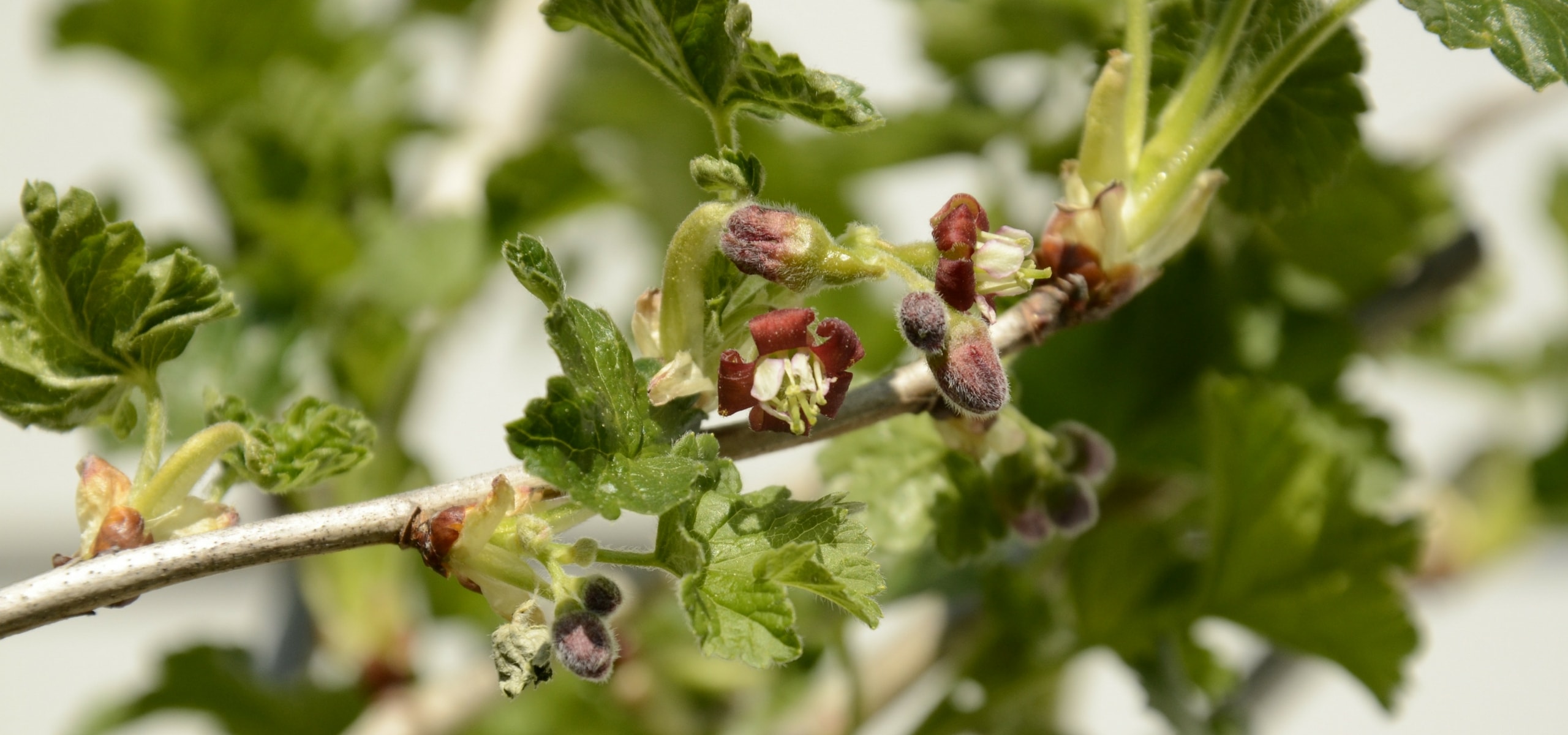
Growing blackberry, Loganberry and tayberry
or cultivated bramble
Contents
The cultivated bramble, whose different varieties produce blackberry, Loganberry, or tayberry, is sometimes confused with the mulberry, a tree that grows 5 to 10 m tall, but these are two distinct species. The bramble belongs to the Rosaceae family, while the mulberry, whether white or black, belongs to the Moraceae family.
The location
Cultivated brambles thrive in sunny spots (not scorching sun) or lightly shaded areas, sheltered from strong winds. It is necessary to provide a support for training: a trellis, a fence, or a wall to which horizontal wires will be attached. Indeed, the canes, whether trailing or upright, will reach about 5 m in length. Rest assured, cultivated brambles produce many suckers at the base but are much less invasive than wild brambles. Additionally, some varieties are thornless, making harvesting easier. Fruit brambles can be planted in various locations in the garden. Training them at a shallow depth allows for the creation of a small edible hedge or for them to be grown in isolation, at the edge of the vegetable garden, orchard, or ornamental garden. Although the varieties are self-fertile, it is advisable to plant at least 2 plants to enhance fruiting, spacing them 2 m apart.
Planting: when, how ?
The fruiting bramble can be planted from autumn to spring, avoiding frost. It thrives in all types of soils, although it prefers rich, non-calcareous soils that are not overly moist. Soak the root ball in water for a few moments before planting. Dig a hole and enrich the soil with compost or potting soil. Place the young plant, cover with soil, and firm it down well. Water thoroughly.
Discover other Blackberry bush
View all →Available in 1 sizes
Available in 1 sizes
Available in 1 sizes
Available in 3 sizes
Available in 1 sizes
Available in 1 sizes
Available in 3 sizes
Available in 1 sizes
Available in 1 sizes
Available in 2 sizes
During cultivation: the care to be provided
Cultivated bramble requires little maintenance. Watering should mainly be done during periods of intense heat and drought. Mulch the base to retain moisture in summer. In autumn, every year, add a little compost to the surface. Mound the plants, especially if your soil is very wet. Fruit bramble is not very susceptible to diseases and pests.
Pruning
It is carried out in autumn/winter. Cut the canes that have already fruited back to the ground as they will no longer produce fruit. Fruiting occurs on the stems of the previous year. If the number of remaining shoots is significant, remove a few at the base to keep 5 or 6, training them as they grow.
Trellising
Upright stem varieties are fanned out, while woody climbing stem varieties will be trained horizontally. Tie the canes to the support as they grow, attaching them without tightening too much. If you need to build a fence, install posts 1.80 to 2 m high and then fix 3 horizontal rows of branches or wire, spaced 40 cm apart. Secure the fruiting bramble stems along this fence without tightening the ties too much.
- Subscribe!
- Contents































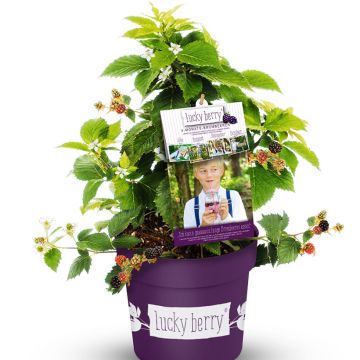
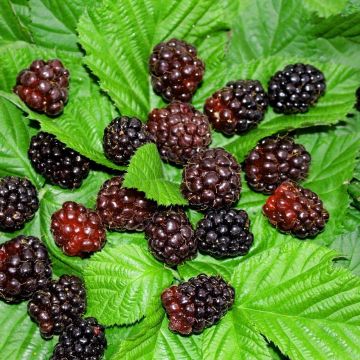
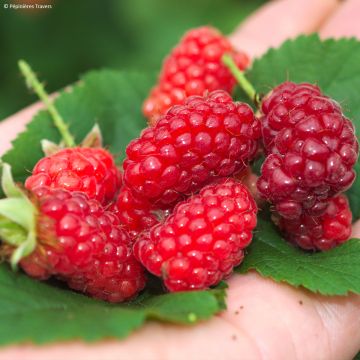
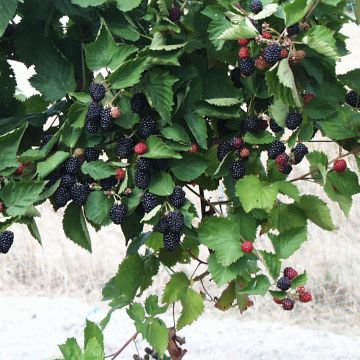
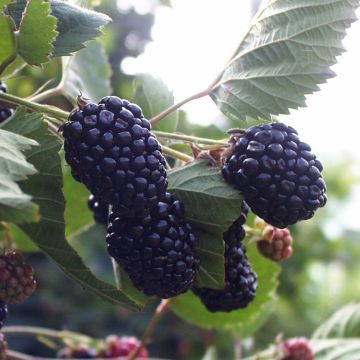
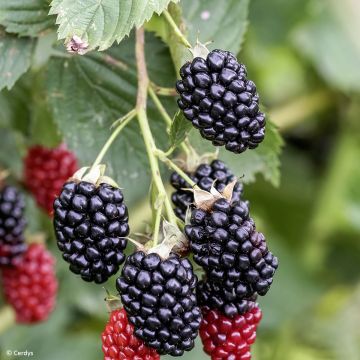
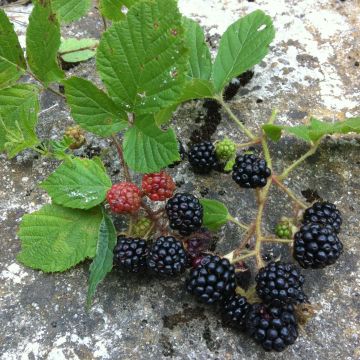
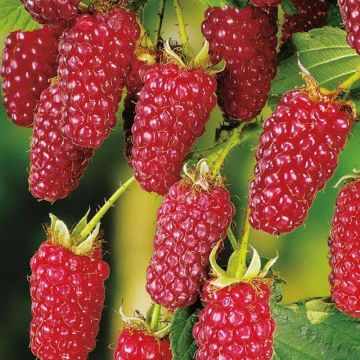
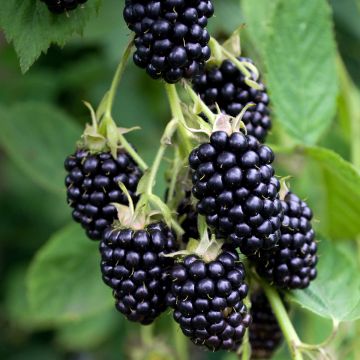
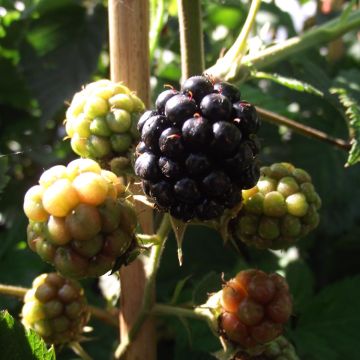
Comments